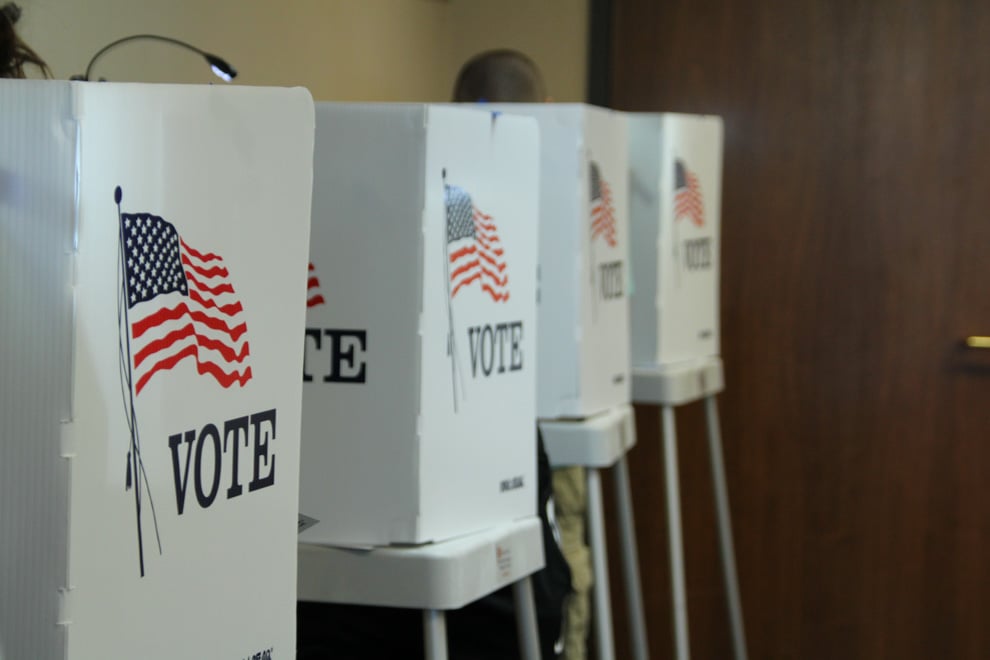In the first four weeks of the quarter, I have been handed at least 20 “Stanford Votes” stickers and told not to forget to register to vote. On top of that, I’ve received emails about registering, I’ve had friends from other schools message me about it and I’ve read countless articles about the small number of registered voters on college campuses. Throughout all this hustle and bustle, though, no one is telling people what to do after they are registered.
Now, don’t get me wrong. I appreciate each and every message, article and sticker promoting voter registration. But what people have to realize is that being registered to vote is the very first step on a long path to actually using your vote. My fear is that after people register to vote they feel as if they have completed their civic duty and don’t need to do anything else, when that could not be more wrong.
Before we hop into the meat of the matter, let’s address a question that came up in my dorm while a friend and I were helping people register. Should you register in California or in your home state? The answer to this question varies, and generally depends on where you think your vote would have the greatest impact.
I’m from Georgia, and as a Democrat I believe my vote would have a greater impact in Georgia than it would in California. Generally speaking, students opt to vote in their home state because they’re more likely to be acquainted with the candidates there, but it really depends on the preferences of the person registering.
All right, now you are registered to vote! But what do you do now? Pat yourself on the back and then forget about it completely? No! What you should do now is apply for an absentee ballot if you’re voting out of state. Unfortunately, you can’t just look up your ballot, print it off the internet, fill it out and be done. You must first apply for an absentee ballot. There are several websites you can visit to apply for an absentee ballot, one of which is votesaveamerica.com.
At this website you can check if you’re registered, register if you’re not, get information about the candidates running in your state and even find information about how to get involved in the election in your home state. Otherwise, simply search “[insert state] absentee ballot application” on Google and you will find a webpage that will direct you to the application. After filling out an online form, your county will send you a paper application for the absentee ballot. Once you’ve filled that out, mail it back to them and they should send you the actual ballot – or let you know if your application is denied.
The second step is to then fill out your ballot. This is by far the hardest part of the whole voting process, as ballots contain a lot of information. For the upcoming general election you will be voting for governor, your House representative, the attorney general, the secretary of state and other positions in your state government. On top of that, your ballot will most likely contain several amendments for you to vote on, accompanied by a small description of said amendment.
This is a lot of information to take in at once, especially if you haven’t been following the candidates’ campaigns up to this point. You may feel tempted to randomly bubble people in and vote “yes” or “no” on the amendments just so you can get it over with. With my entire being, I urge you not to do that. Your vote does have an impact on who gets elected, and who you elect will shape the policies your state makes and the impact they have on the United States. It is truly worth your time to do a bit of research before voting. It doesn’t have to be much, but you should do some.
Thankfully, there are hundreds of websites you can use to find information on candidates and the amendments. The website I mentioned above, votesaveamerica.com, has information on most of the candidates running and on the amendments for each state, but beware that the website is run by an openly liberal company and they project that view onto their description of candidates and amendments. For a more objective guide, ballotpedia.org is a great website with a lot of information about almost every candidate running and the amendments on your ballot. All they require is that you enter your home address and an email and then you can look at all of the information. If you want to do even more research you can search the specific candidate you want more info on and find their website, or if you want information on an amendment you can search the amendment and most states have a website that has the full language of the amendment.
After you’ve done some research you can fill out the ballot, follow the instructions on how to seal the envelope, and then send it back to your county. At this point you have officially voted in your state election! You should feel proud about what you have done because your vote does impact who gets elected in your states and by extension the policies that get passed. Now, the next step is to make sure your friends and family are voting to add as many voices to the elections as possible because truly, every vote matters.
Contact Alex Durham at ahdurham ‘at’ stanford.edu.
